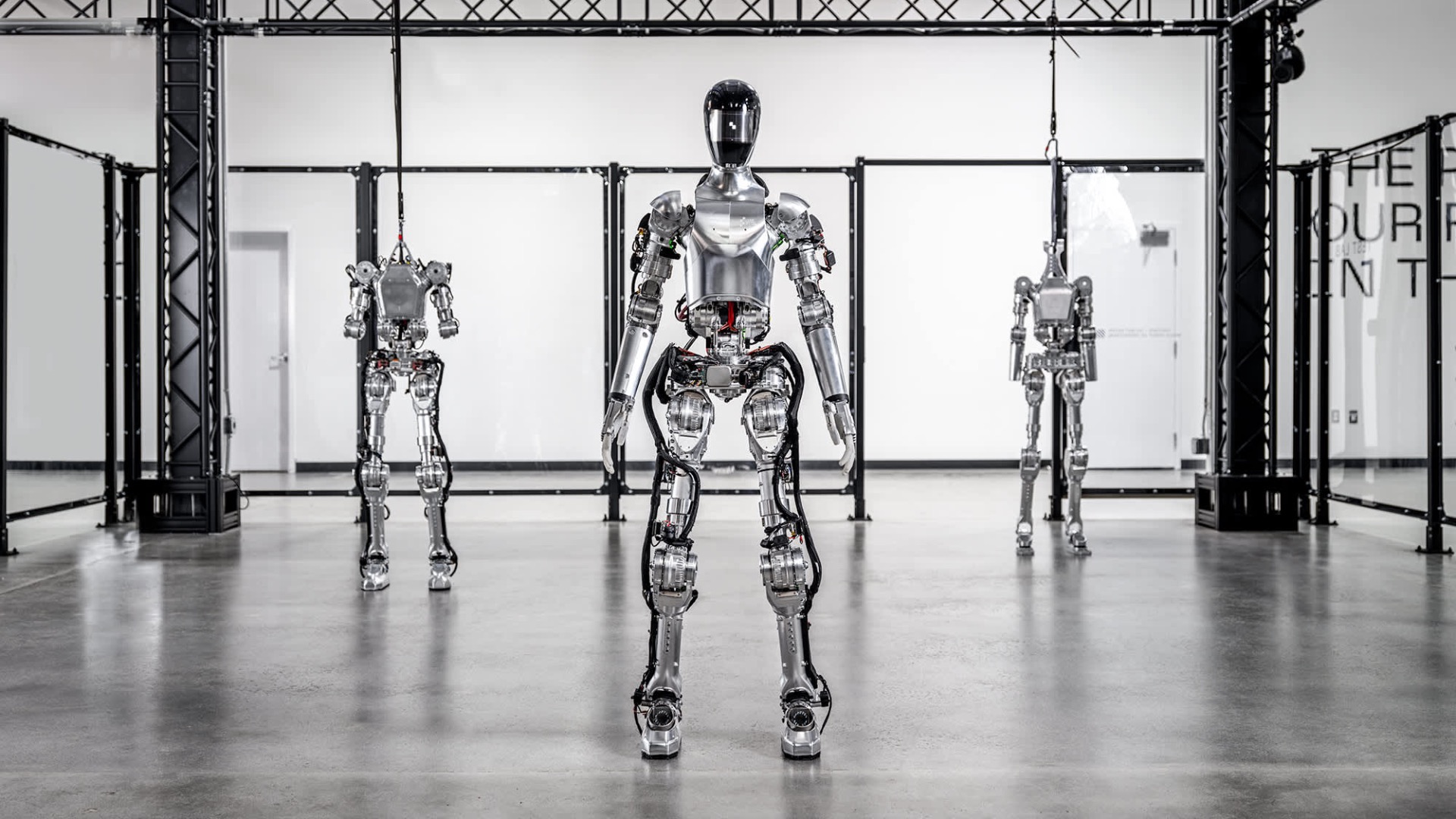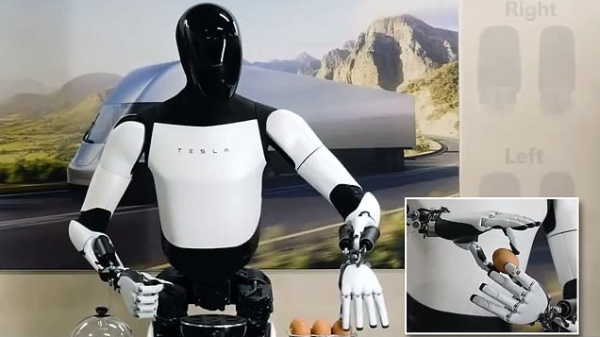The Future of Humanoid Robots
The convergence of artificial intelligence and robotics has ushered in a new era of technological innovation, characterized by robots capable of learning and adapting in real-time. This dynamic capability is transforming traditional automation, enabling robots to enhance their functionality in diverse and unpredictable environments, thereby revolutionizing industries from manufacturing to healthcare.

The global humanoid robot market is poised for explosive growth, projected to reach $38 billion by 2035. This growth trajectory, starting from an initial valuation of $6 billion, represents an average annual growth rate of 70%. Key drivers of this expansion include advancements in AI, decreasing manufacturing costs, and broadening application scopes.
Cost Reduction
The manufacturing cost of high-specification humanoid robots has decreased by approximately 40%, from $250,000 to $150,000 per unit. This significant reduction is attributed to cheaper components and improved manufacturing efficiencies. As technology continues to mature and production scales up, further cost reductions are anticipated.
Growing Industrial Applications
Humanoid robots are increasingly being utilized in challenging environments, such as factories, mining, and disaster relief. Their ability to perform tasks across diverse terrains and in hazardous conditions makes them invaluable in industrial settings, enhancing safety and operational efficiency.
Consumer and Service Applications
Beyond industrial use, there is growing optimism regarding consumer applications for humanoid robots. Advancements in AI and robotics technology are enabling these robots to perform household chores and provide personal care, offering solutions to labor shortages and the needs of aging populations.
Shipment Forecasts and Investments
Annual shipments of humanoid robots are expected to range between 1.4 million and 6.5 million units by 2035. This forecast is based on current technological advancements and market demand trends. Significant investments from major tech companies and startups are fueling development and innovation in this field, paving the way for widespread adoption and increased functionality.

Leading Players in Humanoid Robotics
Figure AI: Pioneering Ethical Robotics with Figure 01
Figure AI has emerged as a leader in humanoid robotics with its Figure 01 robot. This robot represents a significant advancement, capable of performing complex tasks across various industries like manufacturing, logistics, and retail. Strategic partnerships with tech giants such as OpenAI and Microsoft have been crucial, enabling advanced integration of AI and cloud computing into their systems. Figure AI's commitment to ethical robotics, particularly focusing on non-military applications, has bolstered public trust and acceptance. The company's substantial financial backing, highlighted by a recent $675 million funding round, supports its R&D and manufacturing scale-up efforts.
Atlas from Boston Dynamics: Redefining Mobility and Agility
Atlas, developed by Boston Dynamics, showcases exceptional mobility and agility, capable of performing complex maneuvers like jumps and flips. The transition to an electric model enhances its strength and range of motion. Collaboration with Hyundai underscores Atlas's commercial potential in automotive manufacturing and beyond. Atlas remains at the forefront of robotics technology, driven by ongoing R&D that continuously pushes the boundaries.
Tesla Optimus: Integrating Automotive Technology into Robotics
Tesla's Optimus robot leverages the company's Full Self-Driving (FSD) software to perform complex tasks requiring environmental awareness and decision-making capabilities. Employing neural networks and AI algorithms developed for its autonomous vehicles, Optimus navigates and manipulates its environment with precision. Powered by Tesla's 4680 battery cells, Optimus offers energy efficiency and safety, reflecting Tesla's automotive expertise. This strategic integration aims to transform factory operations by automating manual tasks and increasing efficiency.
Agility Robotics: Revolutionizing Logistics with Digit
Agility Robotics' Digit robot, a descendant of Cassie, excels in bipedal locomotion and features advanced manipulation capabilities. Designed for complex environments, Digit is ideal for logistics and warehouse operations. Significant investment, including a $150 million funding round, underscores Agility Robotics' potential to disrupt the market. The company focuses on optimizing passive dynamics, enhancing robot energy efficiency and operational effectiveness.
Sanctuary AI: General-Purpose Robotics with Phoenix
Sanctuary AI's Phoenix robot is designed to operate both under human supervision and autonomously. It features advanced robotic hands enabling fine manipulation, mimicking human actions. The company's development strategy involves a two-step approach: initially operating robots via high-fidelity teleoperation, then gradually automating tasks as the robot's capabilities improve. Sanctuary AI aims to create versatile, safe, and efficient robots that can work in place of human labor across many industries.
UBTECH Robotics: Industrial Precision with Walker S
UBTECH's Walker S robot is designed for industrial applications, particularly in the automotive sector. Deployed at NIO's manufacturing facility, Walker S assists with tasks like quality inspection and complex component assembly. Its advanced capabilities, including bipedal locomotion and a comprehensive sensor system, ensure high precision and adaptability. The establishment of the Beijing Humanoid Robot Innovation Center and UBTECH's listing on the Hong Kong Stock Exchange underscore the company's commitment to advancing humanoid robotics.

The future of humanoid robotics is promising, with the potential to revolutionize numerous sectors, increasing efficiency, enhancing safety, and addressing labor shortages. The ongoing innovations and strategic developments by leading companies will shape the future of robotics, transforming how we interact with technology in the years to come.